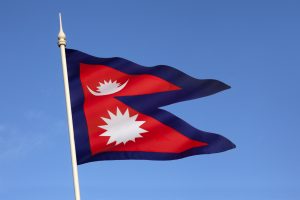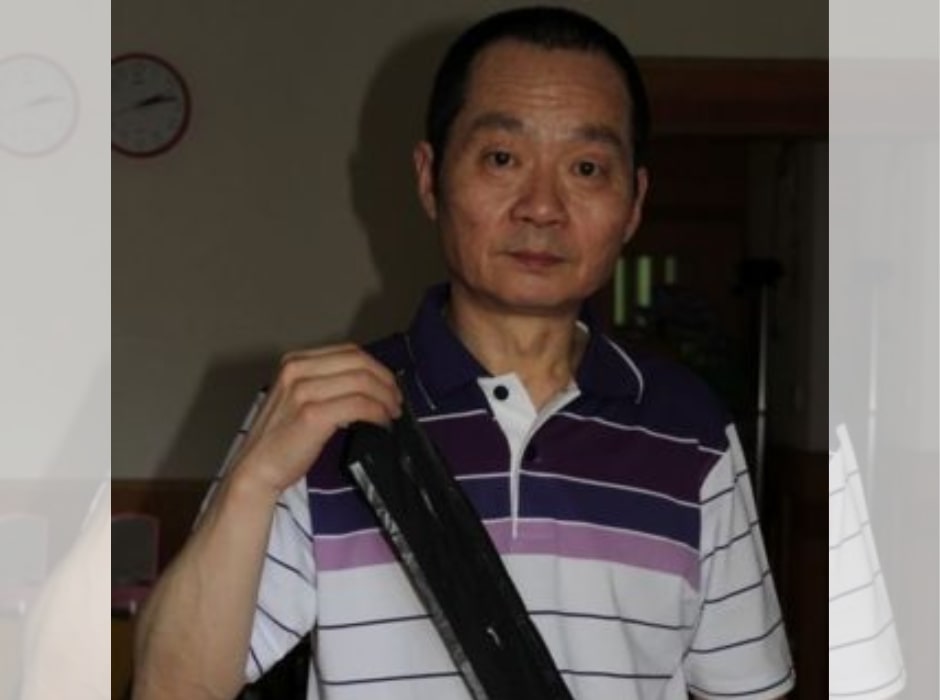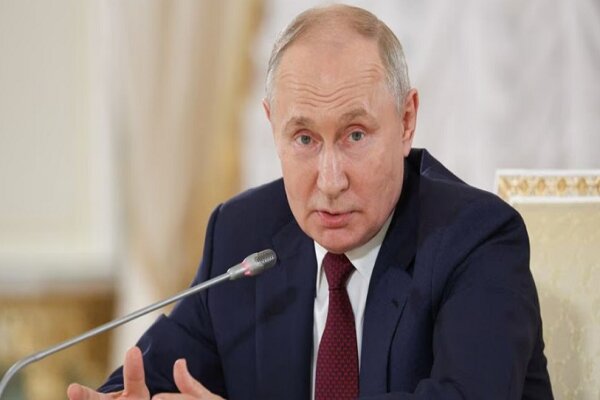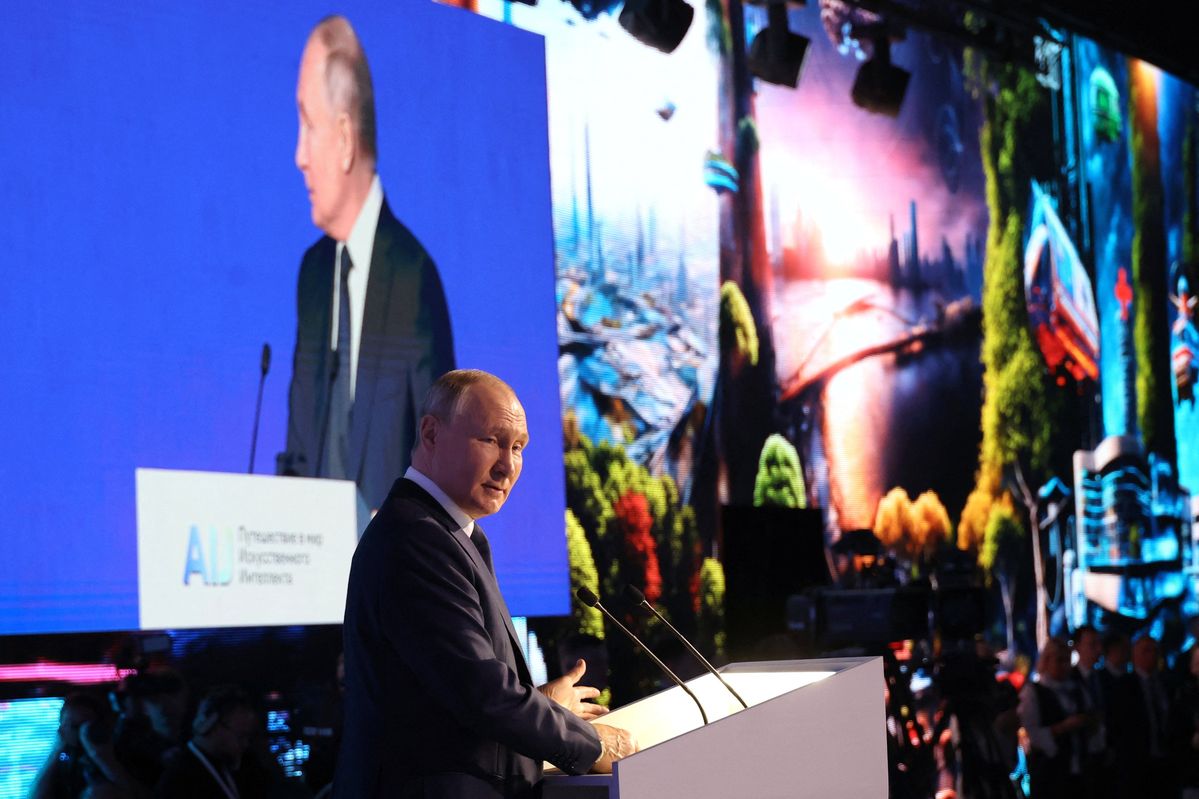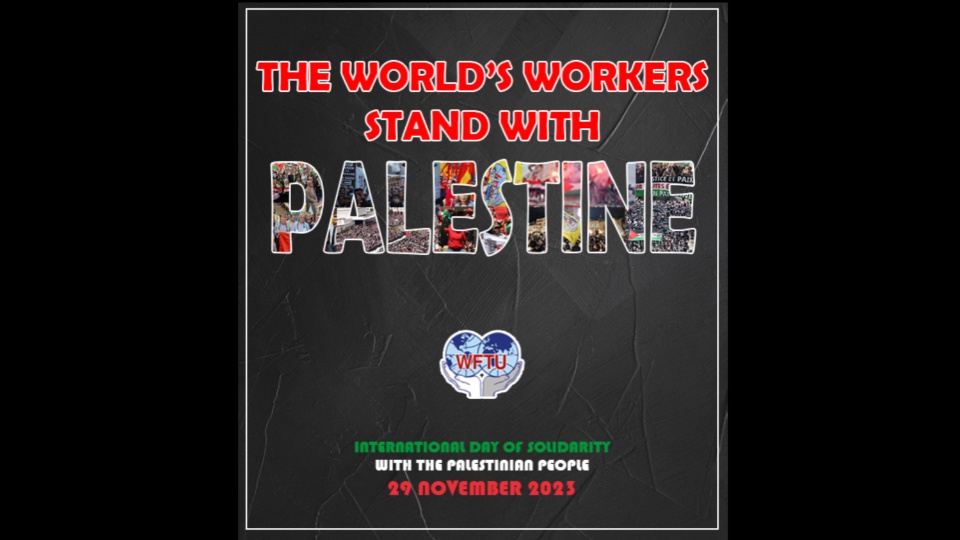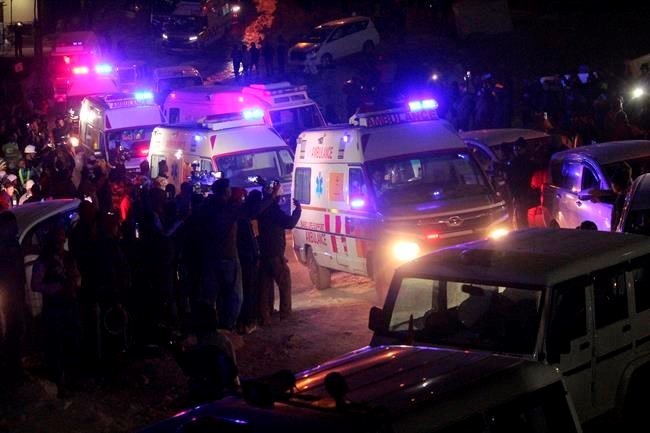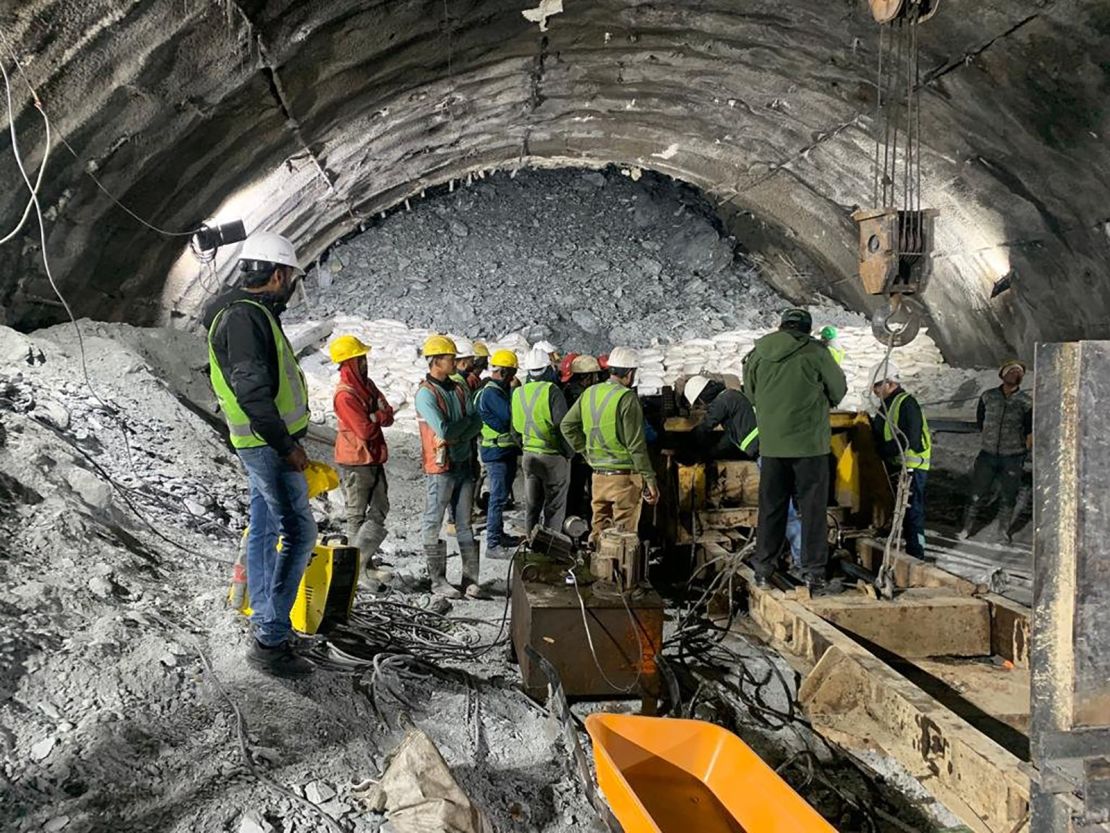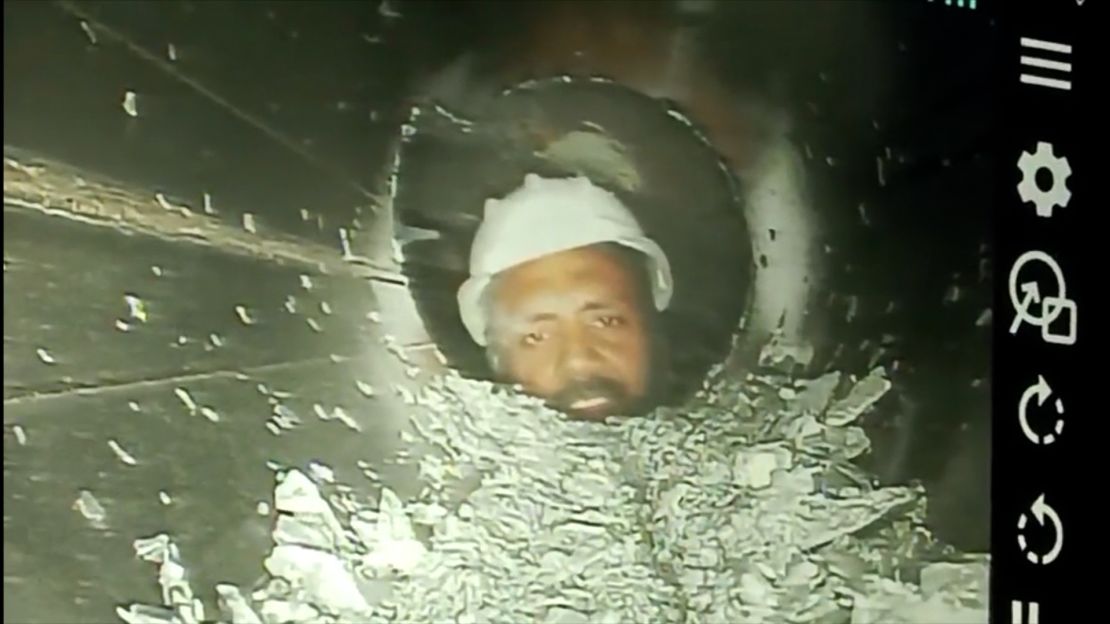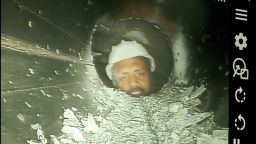
A sign showing the entrance to Shaft 11 at Impala Platinum Mine is pictured in Rustenburg, South Africa, November 28, 2023.
By Felix Njini
JOHANNESBURG (Reuters) -Impala Platinum on Tuesday temporarily halted operations at its Rustenburg mining complex in South Africa after 11 workers died and 75 were injured in what the CEO said was "the darkest day" in the company's history.
Impala said in a statement that workers were being brought to the surface at the end of their shift on Monday when the conveyance system that carries workers up and down an underground shaft 1,000 meters (3,281 ft) deep started a rapid descent.
The Johannesburg-based platinum miner said 86 workers were involved in the incident at its No. 11 shaft. The injured were admitted to four hospitals in the area, and a company spokesperson said medical physicians had classified 14 workers in the hospital as "high priority".
"Today is the darkest day in the history of Impala and our hearts are heavy for the lives lost and the individuals affected by this devastating incident," CEO Nico Muller said in a statement.
Muller said at a media briefing the conveyance system had been tested prior to being used, and indications were the core systems were active and operational.
"An investigation has to lead us to understand how, with a positive signal on the safety systems, you still have an incident where a conveyance starts gravitating to the bottom and then gets into uncontrollable descent," Muller said.
All mining operations at the Rustenburg complex in South Africa's North West province were suspended on Tuesday. The halt could be extended to Wednesday to allow the company to "mourn and heal emotionally", Impala spokesperson Johan Theron said.
He also said investigations into the cause of the accident had begun.
Impala's shares in Johannesburg were down 8% at 1335 GMT.
South Africa has some of the world's deepest, oldest and most costly platinum and gold mining shafts.
The deaths at Rustenburg add to the 41 fatalities that had been recorded in South Africa's mining industry this year so far.
Last year 49 workers died in South Africa's mines, which was the lowest number of fatalities to date, the industry lobby group Minerals Council South Africa said.
Spokesperson Theron said he could not be precise about the impact of the stoppage on Impala's metals output.
"It's impossible to quantify the impact on production save to say No. 11 shaft on its own is a very large complex and contributes roughly 15% of Impala Rustenburg's production," Theron said.
"To the extent that it's stopped for any length of time, it will have a corresponding impact on the entire company."
The affected shaft could take longer to re-open as authorities and the company need to conduct thorough investigations, Mandi Dungwa, an analyst at Camissa Asset Management, said.
"This looks like a mechanical failure so it may take time for the investigations to be concluded," Dungwa told Reuters. "However long it's going to be closed, it will have an impact on production, and on costs."
(Reporting by Felix Njini and Nelson Banya; Editing by Kim Coghill, Jamie Freed, Louise Heavens, Barbara Lewis and Jan Harvey)
11 miners killed, 75 hurt in lift accident at Implats shaft in North West
Mining company has been focusing on improving safety at its operations
Shonisani TshikalangeReporter
Implats has confirmed a fatal accident at its Rustenburg shaft. Stock photo.
Image: 123RF/Martin Bergsma
Eleven miners from Impala Platinum (Implats) were killed in Rustenburg in the North West on Monday in an accident involving the conveyance transporting them to the surface from underground.
Another 75 employees were injured in the accident. With the help of the proto teams and paramedics they were transferred to four hospitals in the region.
The accident happened shortly before 5pm.
“The 11 Shaft personnel conveyance was hoisting employees to surface at the end of their shift. At 4.54pm, the conveyance unexpectedly started descending. It’s rapid descent was stopped by the conveyance counterweight becoming trapped by the jack catches,” Implats said.
All mining operations at Impala Rustenburg were suspended on Tuesday.
“This is the darkest day in the history of Implats and our hearts are heavy for the lives lost and the individuals affected by this devastating accident,” Implats CEO Nico Muller said.
“We are deeply shocked and saddened by the loss of our colleagues and are in the process of ensuring all next of kin have been contacted. Implats is offering ongoing support to the families and colleagues of those lost in service. We also hold our injured colleagues in our thoughts at this incredibly difficult time.”
National Union of Metalworkers general secretary Irvin Jim said they were “deeply concerned at the shocking loss of life”.
“We have dispatched our officials on the ground in Rustenburg to get more information on the incident. We send our deepest condolences to the families and friends who lost loved ones in this terrible incident.”
Implats said investigations into the cause of the accident had commenced.
The group suffered five fatalities in the latest financial year and one at a jointly managed venture, it disclosed in August, compared with seven the previous year.
Presenting the company's full-year financial results in August, Muller said the group remained committed to improving safety.
“All safety metrics improved in the period, benefiting from a focus on fatal risk control protocols, risk control management using leading indicators, visible leadership and mine-safety discipline. However, the group regrettably reported five employee fatalities at managed operations during the period (FY2022: seven), and one at a joint venture operation, Two Rivers.
“After investigations in each case, the group renewed its focus on targeted safety interventions, adopted leading practices related to fall-of-ground incidents, further embedded critical controls and intensified employee engagement on safety adherence.”
During the 12 months to end-June 2023, the group’s fatal-injury frequency rate improved by 29% from the year before, the lost-time injury frequency rate improved by 7% and the all-injury frequency rate by 5%. It said notable improvements in safety had been recorded at Impala Rustenburg, which achieved a lost-time injury frequency rate of 4.71 for the year — the lowest reported in 13 years.
By year-end, it said, 13 of the group’s 18 operations had achieved “millionaire or multimillionaire status” in terms of fatality-free shifts.
